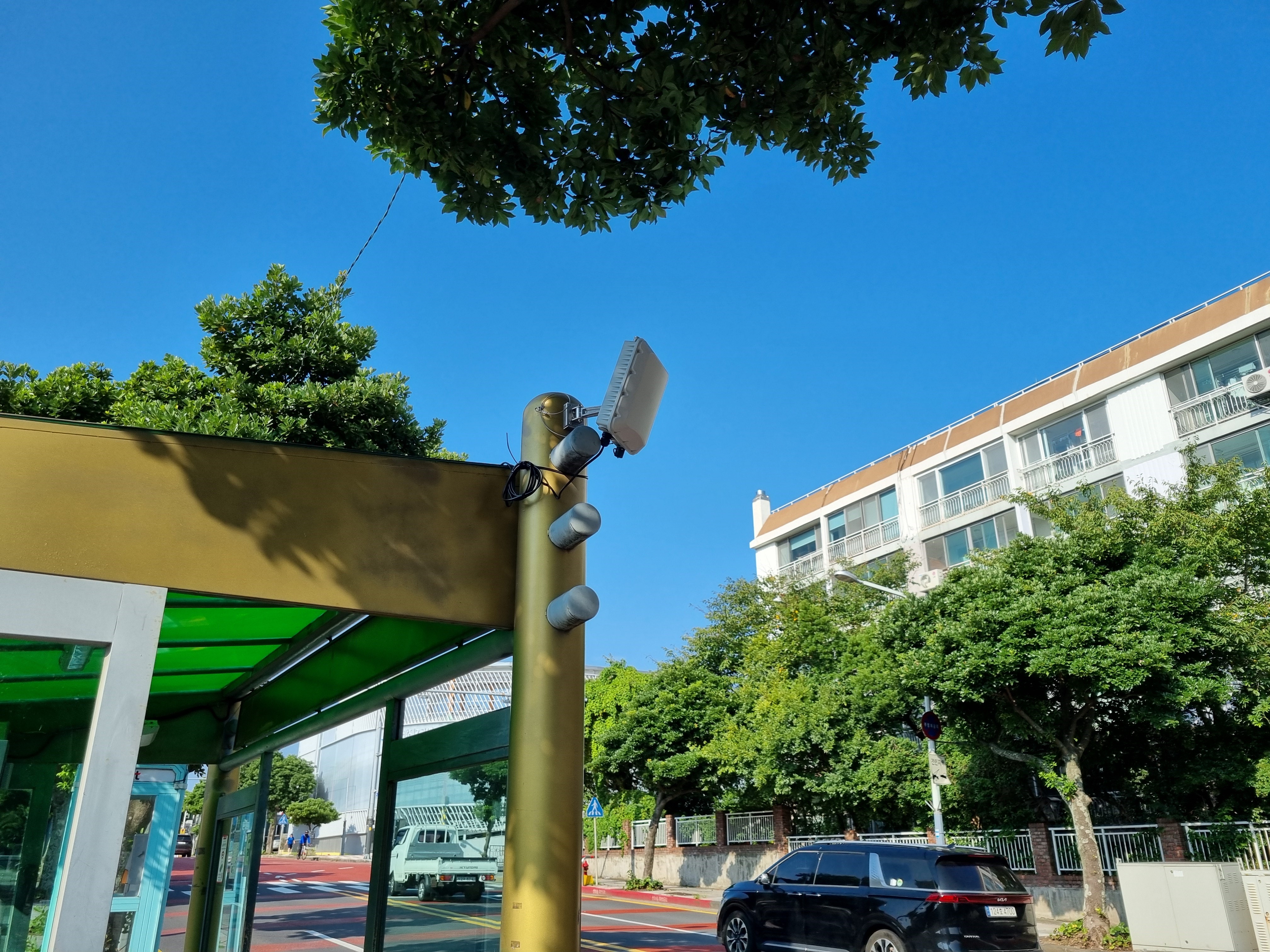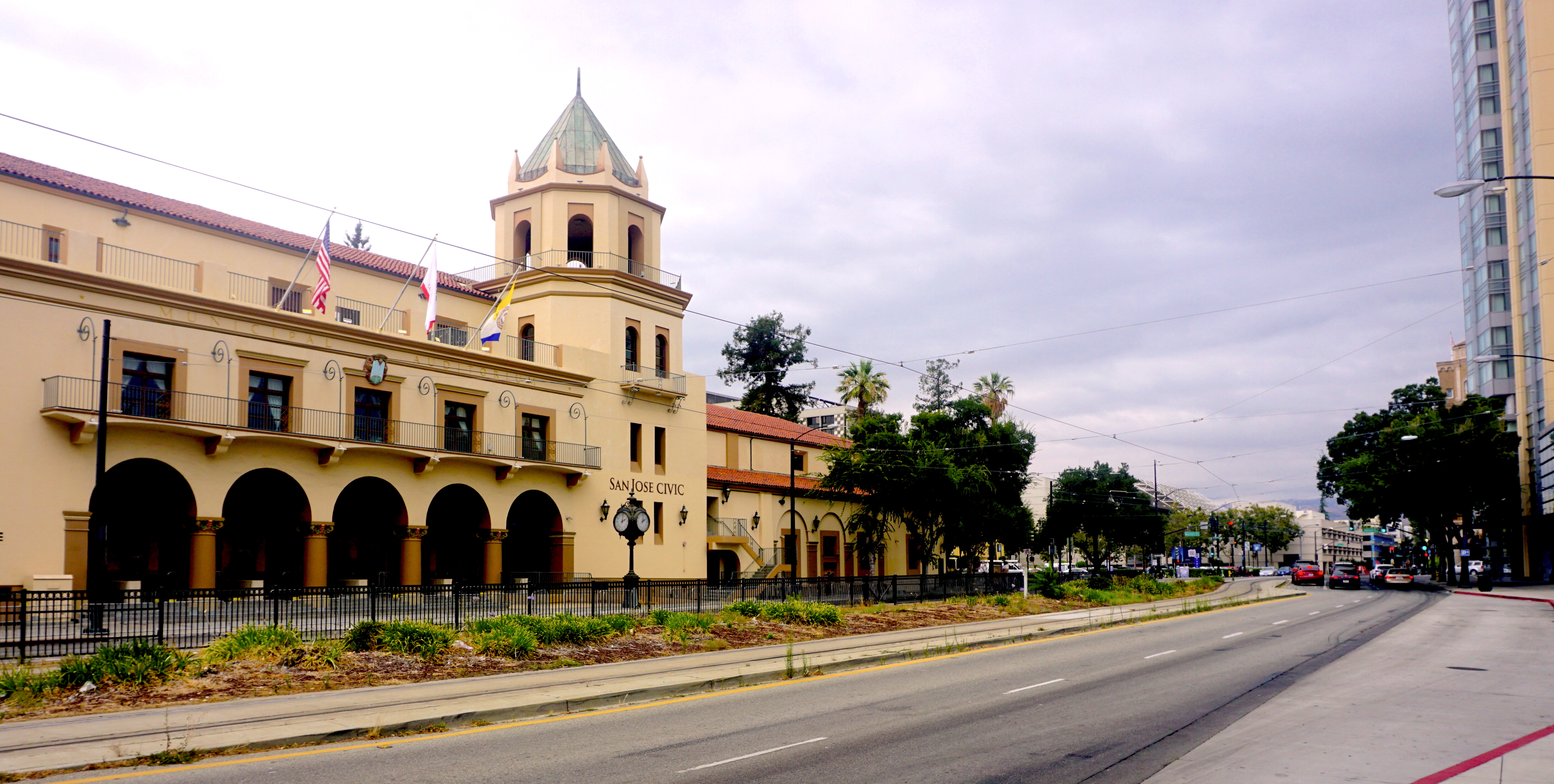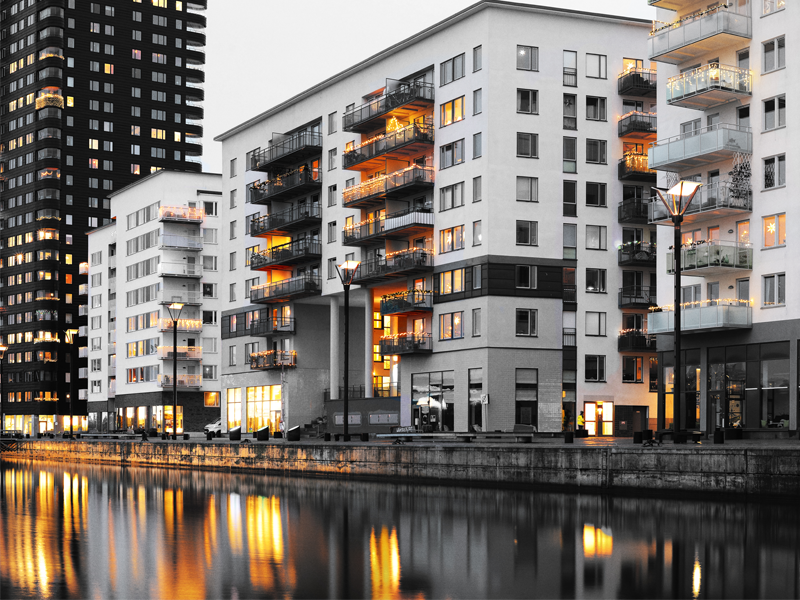A "smart island" experience on Jeju Island
South Korea’s Jeju Island is a UNESCO World Natural Heritage site, recognized for the island's unique geological features, including Mount Hallasan, numerous volcanic cones and the world's finest Geomunoreum Lava Tube System.
Many years ago, I visited Jeju Island. I remember South Korea’s tallest peak Hallasan Mountain and its panoramic views that stretch across Jeju Island and beyond, and the Haenyeo (female divers) of Jeju Island —some in their 70s and 80s—free diving without oxygen tanks to harvest seafood! The Haenyeo, in my opinion, add a big boost to the cultural appeal and natural beauty of the island.
The volcanic isle continues to offer appealing experiences to guests, as shown by tourist arrivals surging in the last few years to 14 million annually. To handle this surge, and to ensure approximately 700,000 residents on the island have equitable access to connectivity, the local government has been actively expanding its comprehensive public Wi-Fi infrastructure. But the big vision is beyond making Wi-Fi accessible; it is, on a broader scale, aiming to create a "smart island" experience by integrating smart technology with Jeju's cultural and nature aspects.
Tech-driven sustainability
Several years ago, Jeju set its sights on becoming carbon neutral by 2030 and is designated as a "smart island" by the Korean government.
Cars and buses are the most common form of transportation on Jeju Island, and transportation is a major emitter of carbon gases. To reduce its carbon emission, Jeju introduced a smart initiative called the Cooperative Intelligent Transport System (C-ITS), designed to transform how traffic is managed on the island, especially with the increase in rental cars by tourists. Essentially, the C-ITS helps to enhance safety with faster emergency response and fewer accidents and improves efficiency with smoother traffic flow and reduced travel time. Additionally, the system uses smart cameras and sensors to share live traffic data, and AI to analyze patterns to predict and prevent accidents.
With a smart traffic system, there is smarter movement through real-time routing, leading to lower fuel consumption and emissions and greater safety. According to a recent report, C-ITS has led to a 12% overall reduction in traffic accidents.
Sustainable tourism is also letting visitors be part of an environmentally conscious community, contributing to a greener Jeju. For over a decade, Jeju has led the way in deploying public Wi-Fi to enhance the tourism experience. One example is the popular Jeju Olle Trail, where high-speed connectivity not only boosts safety for hikers by enabling access to emergency services, but also empowers them with digital apps, maps and itineraries—cutting down on paper waste. The availability of e-guides encourages eco-friendly exploration, while real-time visitor management systems help prevent overcrowding and protect the island’s cultural and natural heritage.
Jeju’s approach shows how smart connectivity can elevate sustainability, turning every step of a journey into a contribution toward a greener future.
Empowering smart island with Wi-Fi 6
Did I mention these sustainable efforts are powered by RUCKUS? RUCKUS extends Jeju Island’s Wi-Fi 6 capabilities by offering solutions that help to eliminate dead zones, providing high-speed and reliable coverage, in addition to making sure the products are resistant to salt corrosion and other natural elements specific to the region.
Find out how RUCKUS empowers the smart island though future-ready Wi-Fi infrastructure: Jeju Special Self-Governing Province case study












